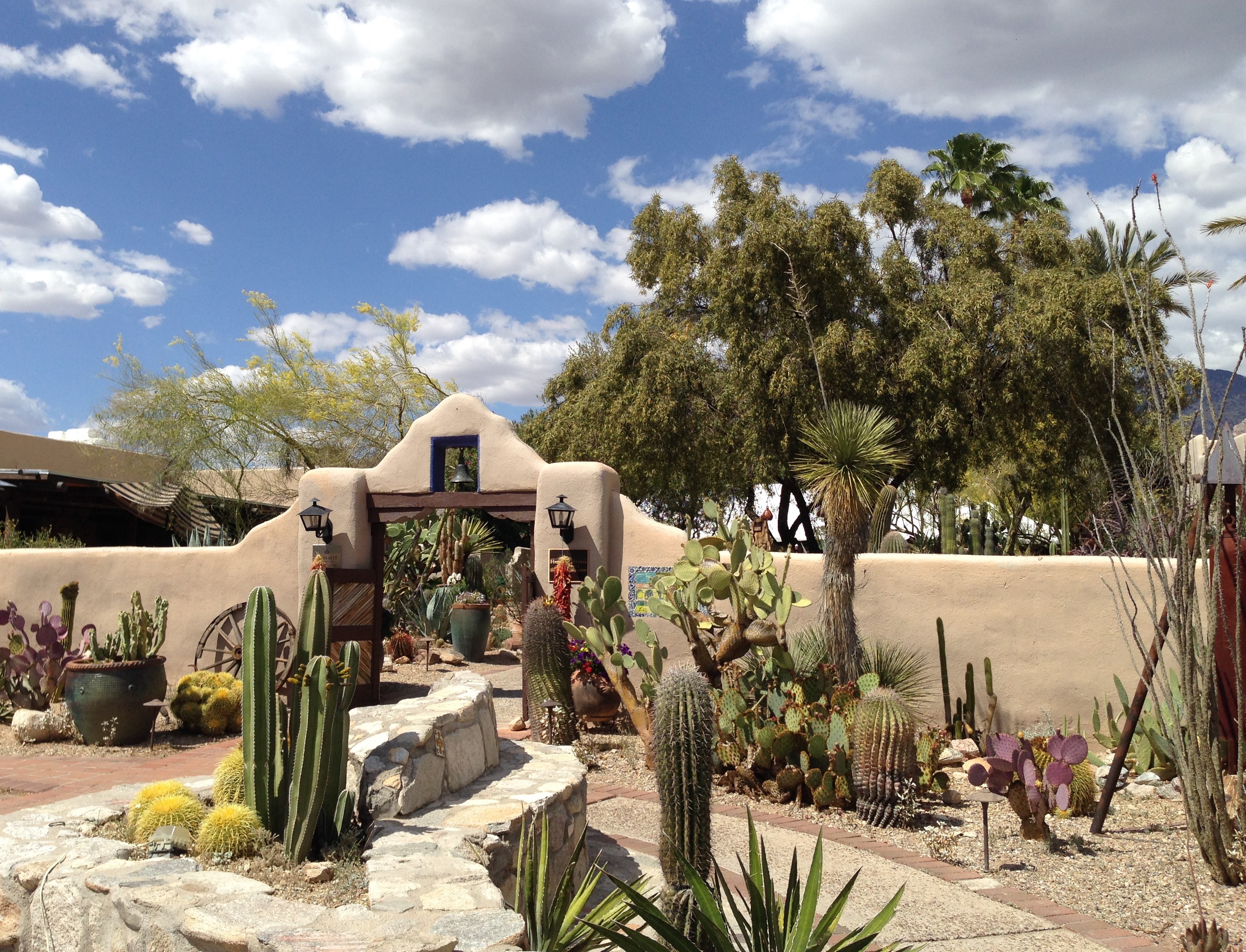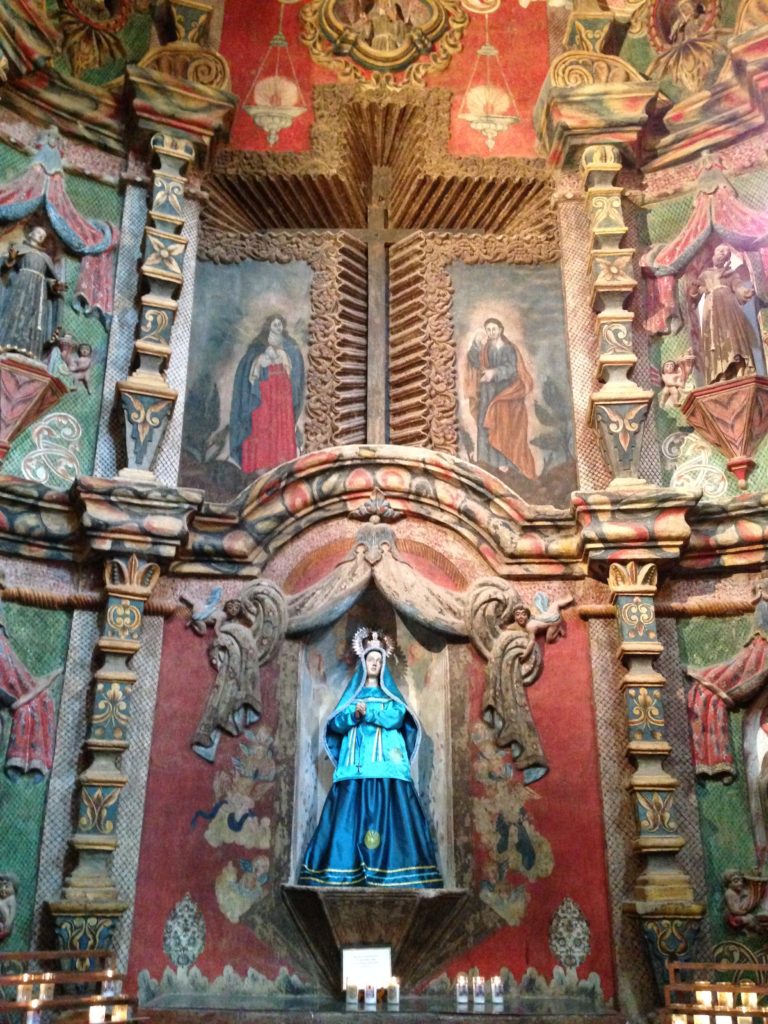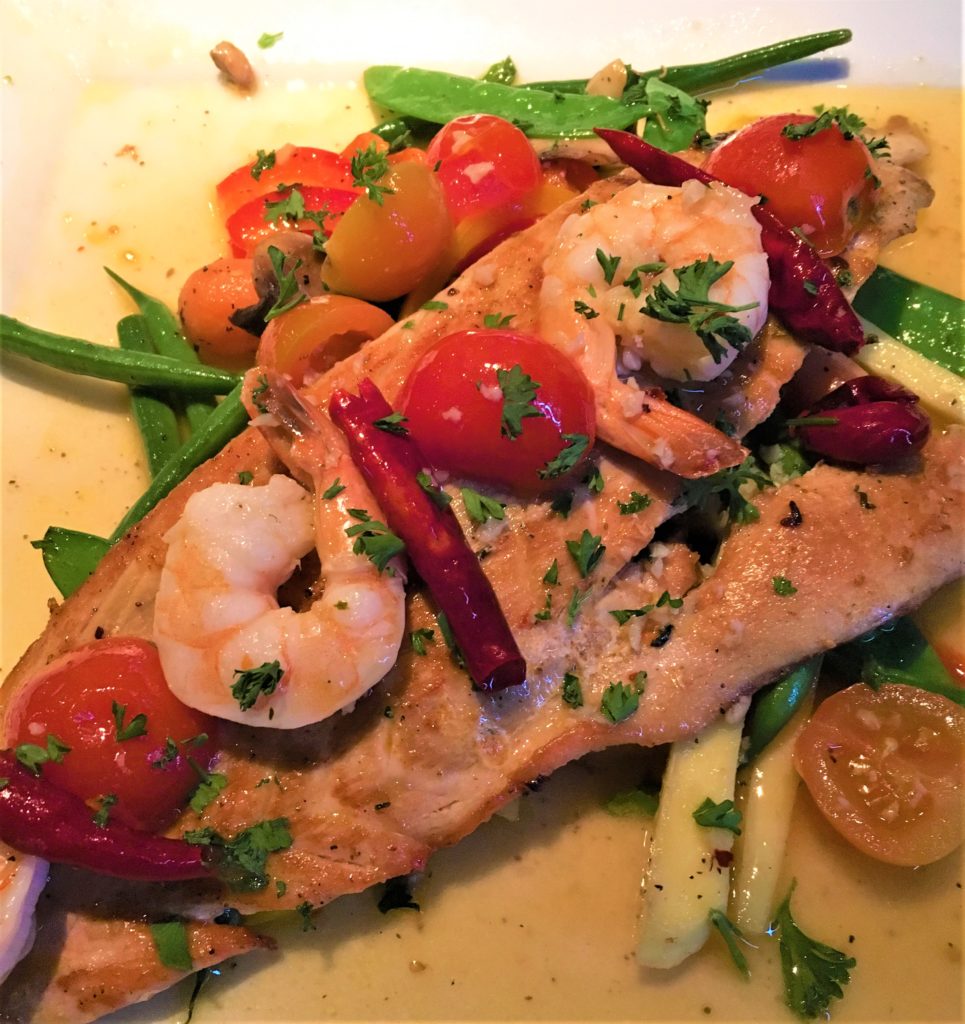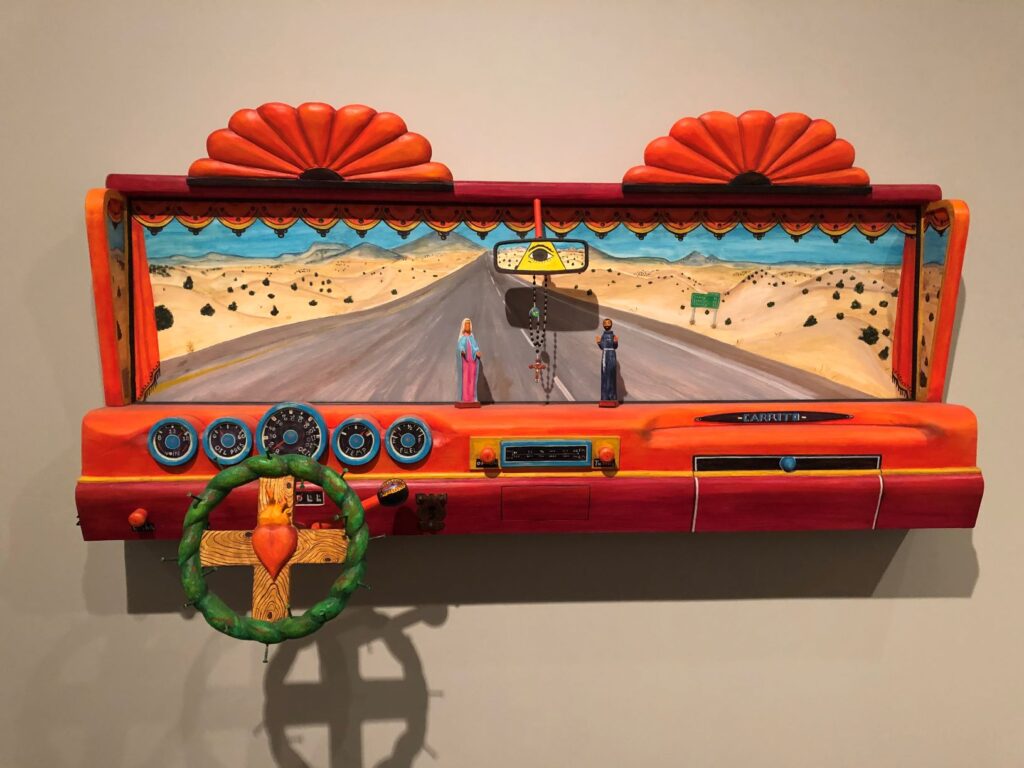After a long weekend in Tucson, Arizona, I’ve answered a question bugging me for awhile – if it’s so darn hot in the desert, why do so many retirees move there? My answer: the climate may have lulled them to town but the reason they stay is something else – there is so darn much to do here! In three days, we only touched the surface. (See a 2020 update at the end of this article.)
About 60 miles north of Mexico and surrounded by mountain ranges, Tucson is situated at an altitude of 2600 feet in high desert and across a sprawling 226-square-mile grid of adobe structures hunkered close to the ground. Like many communities I’ve visited in the Southwest and in Florida, there’s much more beyond that snapshot – from the sweeping views and challenging terrain in the foothills to the funky historic downtown close to the university.
Yet the climate does rule: golfers are out at dawn to avoid the punishing midday sun, and late afternoon kicks off more comfortable languorous evenings, often outdoors, under a vast canopy of stars. At night, Tucson is home to dazzling skies and thus is destination for astronomers; for most others, the city shuts down early (9ish), preparing for another early morning. And what is offered each day is unexpected, fed by the University of Arizona, extensive hiking trails, many arts and culture museums and a recorded history dating back 12,000 years.
Here’s just a sample of what you might do for your first three-day trip:
- Escape to the Arizona Inn: Back in the 1930s, guests from the East arrived by train with steamer trunks and stayed for weeks or months to enjoy the healthy air. These wealthy visitors mingled with Hollywood elite, rodeo enthusiasts, young women cultivating horseback riding as part of finishing school and ranchers enjoying vast acreage at a really good price. They met at the Arizona Inn, a terra cotta shelter of gardens, fountains, porticos and Spanish Colonial parlors and dining rooms. The hotel has never left the family of founder Isabella Greenway, who started the Arizona Hut, a furniture-making company, to help support disabled veterans from World War I.
- Downtown Tucson’s Presidio Trail: With light-rail construction currently disrupting downtown, a sure way to get around is The Presidio Trail historical walking tour. Highlights include The Presidio, a small fort founded in 1775 on the Spanish frontier; the Sosa-Carrillo-Fremont House, one of the many preserved Sonoran row houses of the mid- to late-1800s; the Historic Railroad Depot built in 1907 and restored in 2004 and St. Augustine Cathedral, a Spanish Colonial Revival church begun in 1896 and displaying a magnificent sandstone façade of local flora and fauna (ergo, the horned lizard and cacti).
- John Dillinger’s Watering Hole: Along the Presidio Trail stands the Hotel Congress, a perfect shelter for the genteel 1920s railroad travelers from the East. Yet it’s infamous as the place where notorious criminal John Dillinger and his gang, hiding out in Tucson after their bank robbing rampage in the Midwest, were literally smoked out and caught, thanks to a basement fire. Before the fire, no one even knew they were there. The lobby decorated in Southwest Deco, the Tap Room bar, award-winning Cup Cafe and Club Congress (a progressive nightspot) make this hotel a busy destination 24×7.
- Savage Beauty at the Arizona-Sonora Desert Museum: We drove about 30 minutes west from downtown, up through the Gates Pass where saguaro cacti cover the hills in a startling motif that resembles the windmill turbines covering the rolling hills near California’s low-lying Palm Springs desert. The saguaro, unique to this desert area, have the presence and mystique of the sequoias of California, ancient and commanding with a blossom that arrives and disappears each May. Upon reaching the museum, we viewed the breathtaking Arizona-Sonora Desert that connects west to San Diego and the interpretative indoor-outdoor museum with 1200 types of plants and 230 animal species. What an incredible diversity of flora and fauna in the desert, said to be the lushest desert on earth. In this open-air setting mixed with some interior spaces it’s vital to wear a hat the covers both the head and shoulders. In two hours we could not visit all the exhibits; trails led us to up-close (but shielded) encounters with mountain lions, bears, javelina (sort of a wild boar), wolves, soaring raptors and snakes.The plants were equally mesmerizing – abundant expanses of multiple varieties of cacti and grasses along with green-barked palo verde and staunch mesquite trees – and what do you know – a delightfully artful hummingbird aviary?
- Restaurants: They are in abundance, so I asked a local friend and international foodie – where do we find the best Mexican food (versus the best “tourist Mexican” food)? One answer was Micha’s which unfortunately we weren’t able to visit. And for regular dining, put Feast and Kingfisher at the top of your list. Another suggestion – the Arizona Inn menu was superb. (Insider view: the Casa Molina, which figures high on many lists, is said by my insider to have seen its better days about 25 years ago; I would put it in the “OK but not unusual category” foodwise; that said, the 6225 E. Speedway Ave. location allows you to eat relatively well and sit outside at shaded tables around a fountain for comfortable outside seating at brightly festooned oilcloth-covered tables.
- Southwestern Art and Silver: It’s always a challenge in the Southwest to know what’s both high-quality jewelry and art from the region, but here are two recommendations you can count on. For traditional Southwest, the completely unassuming Desert Son Gallery and for contemporary renditions, Skyline Gallery. Note that in both places, many of the artists aren’t local – they come from the East Coast and across the U.S. The owners, however, are highly informed and can provide terrific advice and context. Don’t be put off because they are located in neighborhood strip malls. Their collections offer exceptional quality and variety from those who understand the art and can advise the rest of us.




